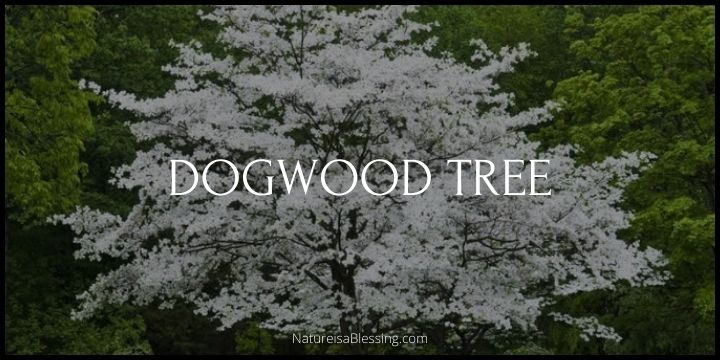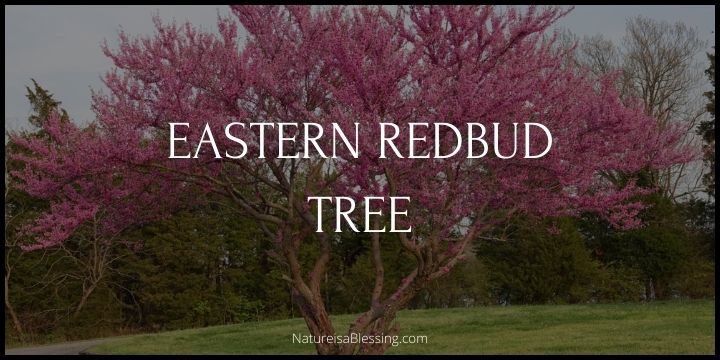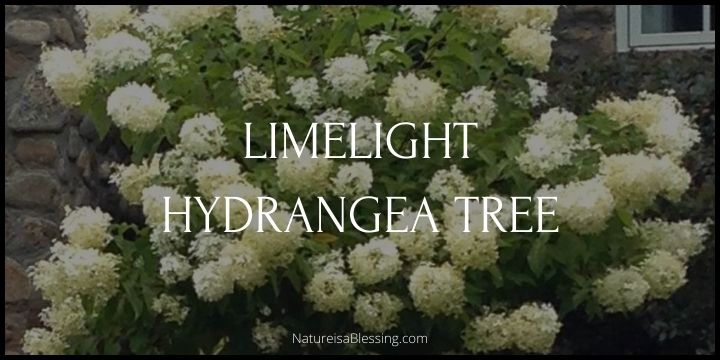Rising Sun Redbud: How to Plant, Grow, and Care
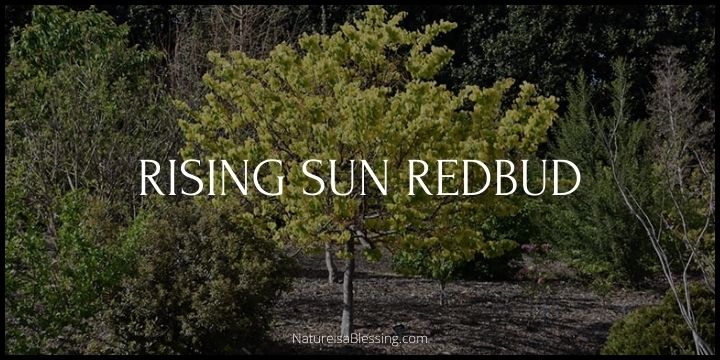
What is Rising Sun Redbud?
In the world of horticulture, the Rising Sun Redbud (Cercis canadensis ‘JN2’) stands out as a stunningly beautiful and captivating plant. This deciduous tree is renowned for its vibrant, heart-shaped foliage and enchanting spring blooms that add a splash of color and charm to any landscape.
The Rising Sun Redbud is a smaller variety of the more common Eastern Redbud. It typically grows to about 8-12 feet in height, making it an excellent choice for small gardens or urban landscapes. Its compact size doesn’t mean it compromises on visual appeal; quite the contrary. With its stunning foliage that changes color through the seasons, it offers year-round interest.
The real show starts in early spring when the tree bursts into bloom before the leaves appear. Tiny, sweet pea-like flowers of lavender-pink hue cover the bare branches, creating a breathtaking floral display. This spectacle is followed by the emergence of new leaves, which start as a vibrant shade of apricot-orange. As the season progresses, the leaves transition through shades of yellow, gold, and finally, a rich, deep green.
But the Rising Sun Redbud isn’t just about aesthetic appeal. It’s also a hardy tree, tolerant of various soil conditions, including clay, loamy, sandy, acidic, and even drought-prone soils. This makes it a versatile addition to a wide range of gardens and landscapes.
The Rising Sun Redbud is more than just a tree; it’s a testament to nature’s artistry and resilience. Whether you’re a seasoned gardener looking for a unique addition to your landscape or a beginner seeking a low-maintenance yet visually striking plant, the Rising Sun Redbud is sure to impress with its radiant display of colors and robust nature.
Fast Facts About Rising Sun Redbud
| Feature | Description |
|---|---|
| Common Name | Rising Sun Redbud |
| Botanical Name | Cercis canadensis ‘JN2’ |
| Family | Fabaceae (Legume family) |
| Plant Type | Deciduous tree |
| Genus | Cercis |
| Mature Height | 8-12 feet |
| Mature Width | 8-12 feet |
| Sun Exposure | Full sun to partial shade |
| Soil Type | Adaptable to various types, including clay, loamy, sandy, and acidic soils |
| Soil pH | Tolerates a wide range, from acidic to alkaline |
| Soil Drainage | Prefers well-drained soil |
| Bloom Time | Early spring |
| Attracts | Butterflies and hummingbirds |
| Maintenance | Low; occasional pruning to maintain shape |
| Water Needs | Regular watering; more in extreme heat |
| Native Area | North America |
| Drought Tolerance | Moderate |
| Characteristics | Small deciduous tree with heart-shaped leaves that change color and spring blooms |
| Suggested Use | Specimen tree in small gardens, urban landscapes, or mixed shrub borders |
| USDA Hardiness Zone | Zones 5-9 |
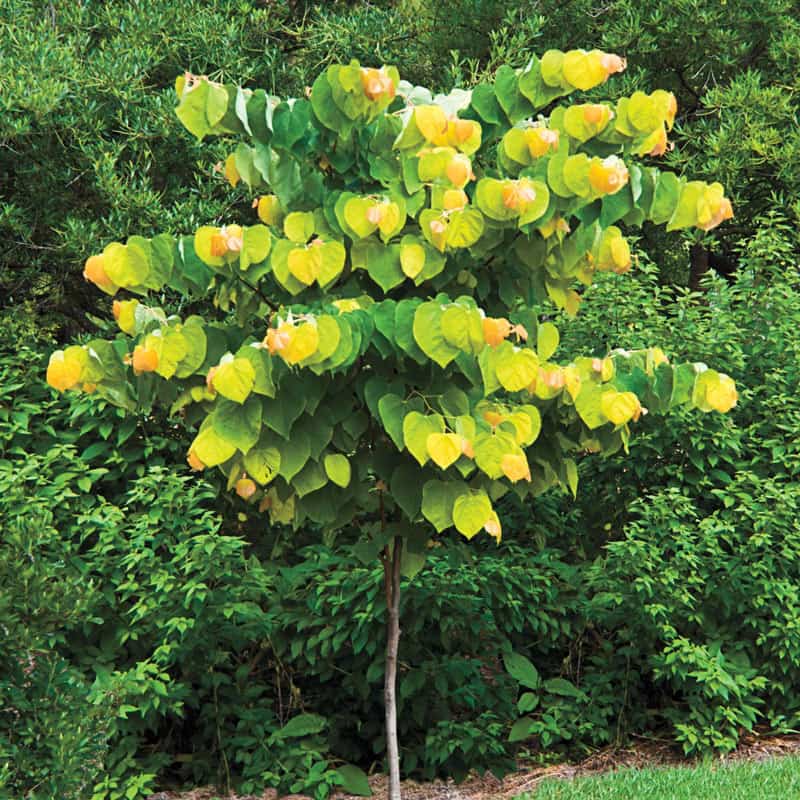
An In-depth Guide to Planting and Cultivating a Rising Sun Redbud Tree (Cercis canadensis ‘JN2’)
Ideal Growing Conditions
- Soil Type: The Rising Sun Redbud tree is quite versatile when it comes to soil types. It can grow in a range of soils including clay, loamy, sandy, and even acidic soils. However, the optimal condition for this tree is a well-drained soil.
- Sunlight: This tree prefers full sun to partial shade. It needs at least four hours of direct sunlight each day for optimal growth and vibrant foliage color.
- Humidity: The Rising Sun Redbud tolerates a wide range of humidity levels. However, it does best in moderate humidity.
Planting the Rising Sun Redbud
The best time to plant a Rising Sun Redbud tree is in early spring or fall. This allows the tree to establish its root system before the heat of summer or the freeze of winter.
- Planting Method: Dig a hole that is twice as wide and just as deep as the root ball. Place the tree in the hole, ensuring the top of the root ball is level with the ground surface. Backfill the hole with the original soil, firming it gently around the base of the tree. Water thoroughly after planting.
Caring for Your Rising Sun Redbud
- Watering: Water the tree deeply but infrequently, allowing the soil to dry out between waterings. In hot, dry periods, you may need to water more often.
- Fertilizing: Apply a slow-release, granular fertilizer in early spring before new growth begins. Be sure to follow the manufacturer’s instructions for application rates.
- Pruning: Prune the tree in late winter or early spring while it’s still dormant. Remove any dead, diseased, or crossing branches to maintain the tree’s shape and health.
What are the common problems in Rising Sun Redbud?
Rising Sun Redbud is generally a hardy tree, but like any plant, it can encounter certain problems. Here are 4 of the common issues:
- Verticillium Wilt: This is a soil-borne fungal disease that causes wilting and yellowing of leaves, often leading to branch dieback. There’s no cure for this disease once it infects a tree, so prevention through proper care and maintenance is crucial.
- Canker: This disease is characterized by sunken, dead areas on the bark of branches or the trunk. Infected parts of the tree should be pruned off to prevent the disease from spreading.
- Leaf Spot: This is a fungal or bacterial disease that causes spots on the leaves. Depending on the severity, leaf spot diseases may cause premature leaf drop. Fungicides can be used to control this issue.
- Pests: Certain pests, such as treehoppers, caterpillars, and scale, can infest Rising Sun Redbuds. These pests can cause a variety of damage, including leaf curling, growth of sooty mold, or general weakening of the tree.
Prevention and early detection are key to addressing these problems. Regular inspection of the tree, proper watering, adequate spacing for air circulation, and timely pruning can help keep your Rising Sun Redbud healthy.
Growth and Maturity
The Rising Sun Redbud grows relatively quickly, often adding 1-2 feet to its height each year. You’ll know your tree is growing well if you see vibrant, changing foliage colors and a proliferation of blooms in early spring.
Depending on the conditions, this tree typically reaches maturity in about 10 years. At maturity, it will stand around 8-12 feet tall with a similar spread.
Remember, every tree is unique and may not follow these guidelines exactly. For the best advice, consult with a local nursery or extension service.
Planting and caring for a Rising Sun Redbud is a rewarding experience, offering a stunning display of color and beauty to your landscape. With proper care, your tree will thrive and bring joy for many years to come.
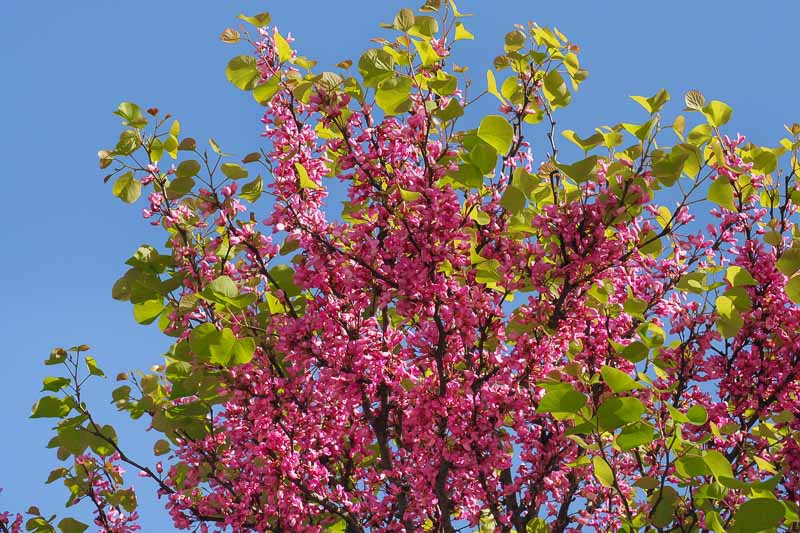
What Does a Rising Sun Redbud Tree Symbolize?
| Symbolism | Description |
|---|---|
| Renewal and Rebirth | The Rising Sun Redbud tree blooms in early spring, often one of the first trees to do so. This act symbolizes renewal and rebirth after the long winter. |
| Love and Connection | The heart-shaped leaves of the Rising Sun Redbud are often associated with love and connection. |
| Balance and Harmony | The changing colors of its leaves throughout the seasons represent balance and harmony with nature. |
| Hope | The vibrant colors of the Rising Sun Redbud, especially during its blooming period, symbolize hope. |
| Beauty and Grace | Given the tree’s striking appearance, it is often associated with beauty and grace. |
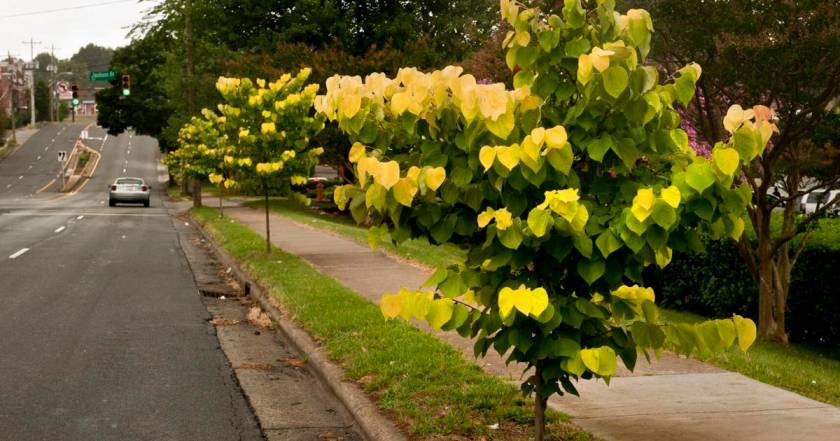
The Pros and Cons of Rising Sun Redbud
Advantages:
- Vibrant Display: The Rising Sun Redbud is known for its stunning display of changing colors throughout the seasons, offering an eye-catching addition to any landscape.
- Early Blooming: It’s one of the first trees to bloom in spring, providing a welcome splash of color after a long winter.
- Versatility: This tree can grow in a wide range of soil types and conditions, making it a flexible choice for different landscapes.
- Disease Resistance: Generally, the Rising Sun Redbud is resistant to many common tree diseases.
- Attracts Wildlife: The flowers of the Rising Sun Redbud attract butterflies, birds, and other wildlife, promoting biodiversity.
Disadvantages:
- Verticillium Wilt Susceptibility: Though generally disease-resistant, this tree can be susceptible to Verticillium Wilt, a serious and often fatal disease.
- Size: The tree can reach up to 12 feet in both height and width, which may be too large for smaller landscapes.
- Short Lifespan: Compared to many other trees, Redbuds have a relatively short lifespan, often living only 20 to 25 years.
- Pest Attraction: Certain pests, such as treehoppers, caterpillars, and scale, can be attracted to Rising Sun Redbuds.
- Care Requirements: The tree requires regular watering, fertilizing, and pruning to maintain its health and appearance.
Where to Buy a Rising Sun Redbud?
- Arbor Day Foundation
- Lancaster Greenhouse
- Wayside Gardens
- Ty Ty Plant Nursery
- Fast Growing Trees
- Sooner Plant Farm
- Calloway’s Nursery
- New Blooms Nursery
- The Tree Farm
Interesting Landscape Ideas for Rising Sun Redbud
| Landscape Idea | Details |
|---|---|
| Placement and Positioning | Plant the Rising Sun Redbud as a focal point in your landscape due to its vibrant colors and striking appearance. It can be used in the backyard for privacy, near a patio for shade, or along a driveway for decorative purposes. |
| Companion Plants and Trees | Complement the Rising Sun Redbud with plants that have contrasting colors and textures. Consider pairing it with hostas, ferns, or hydrangeas. For trees, consider dogwoods or magnolias. |
| Background and Foreground Elements | Use the Rising Sun Redbud as a backdrop for a garden bed filled with perennial flowers. In the foreground, consider adding a water feature or a bench to create a peaceful sitting area. |
| Maintenance and Pruning | The tree requires regular watering, especially during dry spells. Prune in late winter or early spring before new growth begins to maintain shape and promote health. |
| Décor | Install a series of uplights at the base of the tree to highlight its beautiful structure at night. Hanging bird feeders or wind chimes can also add an element of interest. |
| Color and Seasonal Changes | The Rising Sun Redbud has golden-orange to lime-green leaves in summer which change to a bright yellow in fall. In early spring, it produces lavender-pink flowers. |
| Soil Requirements | This tree prefers well-drained soils but can tolerate a variety of soil types. It performs best in slightly acidic to neutral pH levels. |
| Available Sizes | The Rising Sun Redbud typically grows to a height of 8-12 feet with a similar spread. It’s a relatively compact tree, making it suitable for smaller landscapes. |
| Customization Ideas | For smaller yards, consider planting a single Rising Sun Redbud as a centerpiece. In larger landscapes, a row of Rising Sun Redbuds can create a stunning border or windbreak. Pair it with native plants for a more natural look, or with exotic species for a more eclectic design. |
7 Best Rising Sun Redbud Alternatives
| Alternative | Explanation |
|---|---|
| Eastern Redbud (Cercis canadensis) | This is the species from which the Rising Sun is derived. It’s a great alternative if you love the early spring flowers of the Rising Sun but prefer a tree with traditional green foliage. |
| Forest Pansy Redbud (Cercis canadensis ‘Forest Pansy’) | This variety offers deep purple leaves, providing a striking contrast to the golden hues of the Rising Sun. It also boasts vibrant pink flowers in early spring. |
| Oklahoma Redbud (Cercis reniformis ‘Oklahoma’) | Known for its glossy, heart-shaped leaves and rich, burgundy spring blooms, this is an excellent alternative for those seeking a more drought-tolerant option. |
| Dogwood (Cornus florida) | If you’re looking for a tree with similar size and spectacular spring blooms, consider the Dogwood. It offers an array of white or pink flowers and has brilliant fall coloration. |
| Japanese Maple (Acer palmatum) | Japanese Maples have a similar size profile to the Rising Sun Redbud and offer stunning fall colors. There are many varieties available, each with unique leaf shapes and colors. |
| Serviceberry (Amelanchier laevis) | Serviceberry trees provide multi-season interest with white spring flowers, edible summer berries, and vibrant fall foliage. They are also native to many parts of the U.S., making them an eco-friendly choice. |
| Golden Chain Tree (Laburnum x watereri) | If you want to maintain the golden color of the Rising Sun Redbud, consider the Golden Chain Tree. It features cascading chains of yellow flowers in late spring and has a similar size to the Rising Sun. |
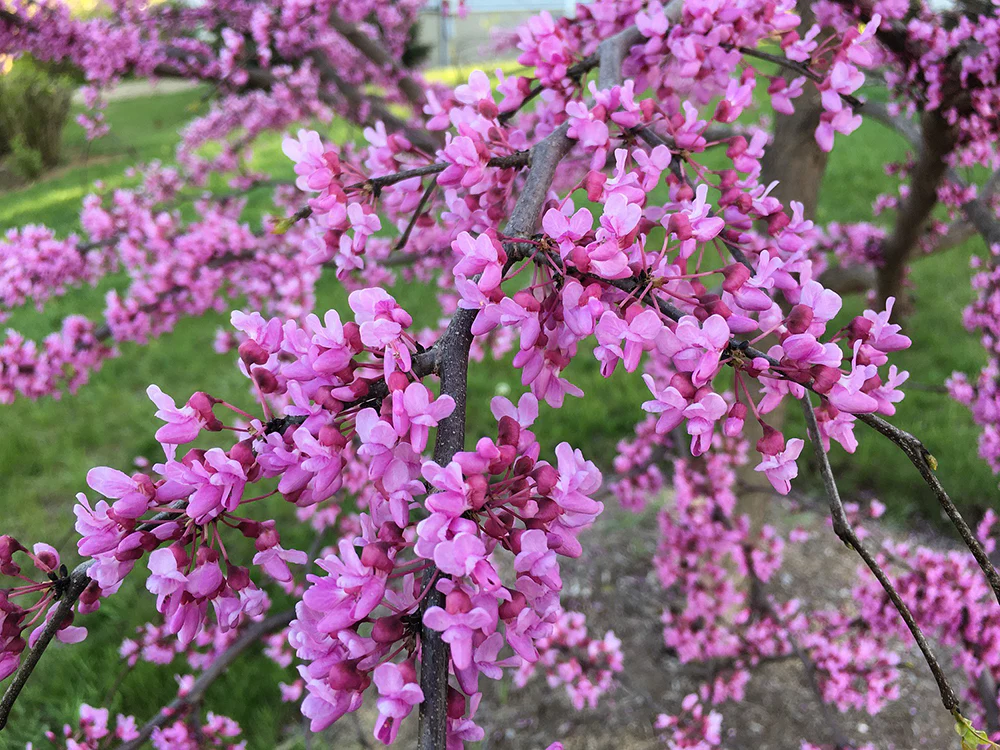
The History and Origin of Rising Sun Redbud
The Rising Sun Redbud, or Cercis canadensis ‘Rising Sun’, is a cultivar of the Eastern Redbud, which is native to eastern North America. The Eastern Redbud (Cercis canadensis) has been celebrated for its beauty and hardiness for centuries, with many Native American tribes using parts of the tree for food and medicine.
The Rising Sun Redbud was developed by Ray Jackson of Tennessee, United States. The tree was discovered in 2005 as a whole plant mutation of a seven-year-old specimen of the parent variety Cercis canadensis ‘Hearts of Gold’. It was selected for its unique characteristics including smaller size, superior yellow leaf color, and increased resistance to leaf scorch from summer heat compared to the ‘Hearts of Gold’ variety.
Since its introduction, the Rising Sun Redbud has quickly gained popularity among gardeners and landscapers for its vibrant foliage colors and compact size, making it an excellent choice for both small and large gardens.
Please note that while the Rising Sun Redbud has a relatively recent origin, the parent species from which it was developed has a long history and cultural significance, particularly among Native American tribes.
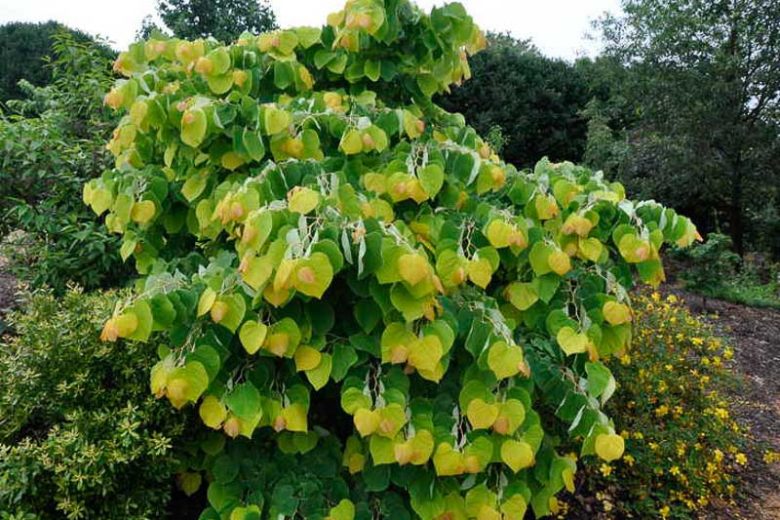
Frequently Asked Questions
1. How fast does a Rising Sun Redbud grow?
The Rising Sun Redbud is a fast-growing dwarf tree. It can reach a mature height of 8 to 12 feet. In the early years of the tree’s life, it may grow up to two feet each year with proper care and attention.
2. Is a Rising Sun Redbud Hardy?
Yes, the Rising Sun Redbud is hardy. It’s known for its resilience and can tolerate a variety of soil types and weather conditions. It’s hardy in USDA zones 5-9.
3. What is the lifespan of a Rising Sun Redbud tree?
The lifespan of a Rising Sun Redbud tree is typically around 60 years or more under ideal conditions. However, like other Redbud trees, it can start declining from disease after about 20 years.
Also read:

